The COVID-19 pandemic has hit the restaurant industry hard across the world, with thousands of eateries downing shutters and millions losing jobs. And reopening is complicated: India’s big-name restaurateurs talk about efforts to destigmatise dining out and the road ahead.
Now that India has begun to gradually open up, what does the road ahead look like?
Gauri Devidayal, Partner, Food Matters India Pvt Ltd (The Table, Magazine St Kitchen, Mag St Bread Co, The Table Farm and Iktara): The announcement to allow restaurants to open in some parts of the country came 10 days ago and restaurateurs are still getting their act together. Procedural SOPs are being put in place, servicing the kitchen equipment… The restaurants which have opened, for instance in Kolkata, have seen very few footfalls.
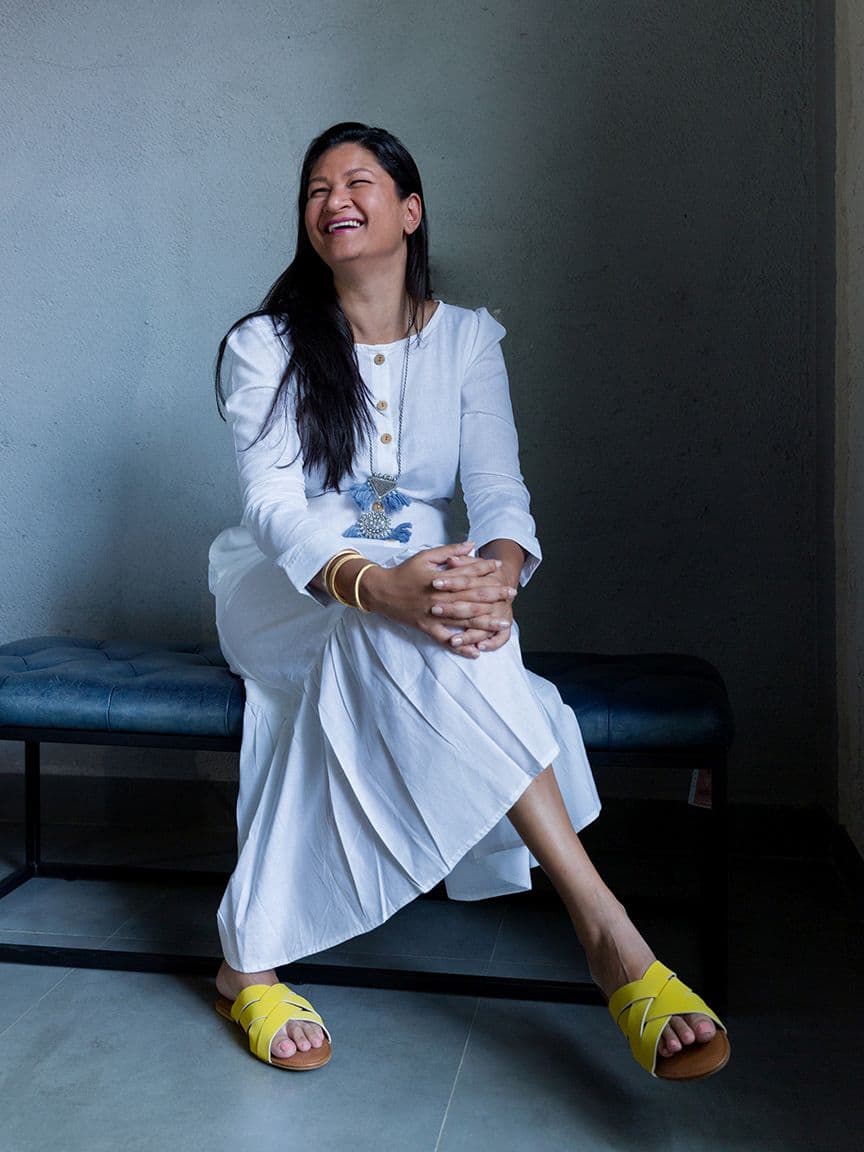 Gauri_Devidayal.
Gauri_Devidayal.
Riyaaz Amlani, CEO and MD, Impresario Handmade Restaurants (Social, Smoke House Deli among others), former president of the National Restaurant Association of India (NRAI): Financially, we are going from the frying pan into the fire. Opening up is far more expensive given the protocols we have to put in place, reduced timings of up to 9 pm, the curbs on seating and the ‘no alcohol’dictate. It is a Catch-22 situation. While we may face greater financial loss if we open, we need to destigmatise dining out.
 Riyaaz Amlani at Indiranagar Social.
Riyaaz Amlani at Indiranagar Social.
AD Singh, MD and Co-Founder, Olive Group of Restaurants: The industry is evaluating whether it makes sense to open our restaurants without alcohol, with reduced seating, with a city-wide 9 pm curfew, and a reduced consumer demand owing to the pandemic. The conditions need to be removed and restaurants and bars should be given a chance to normalise.
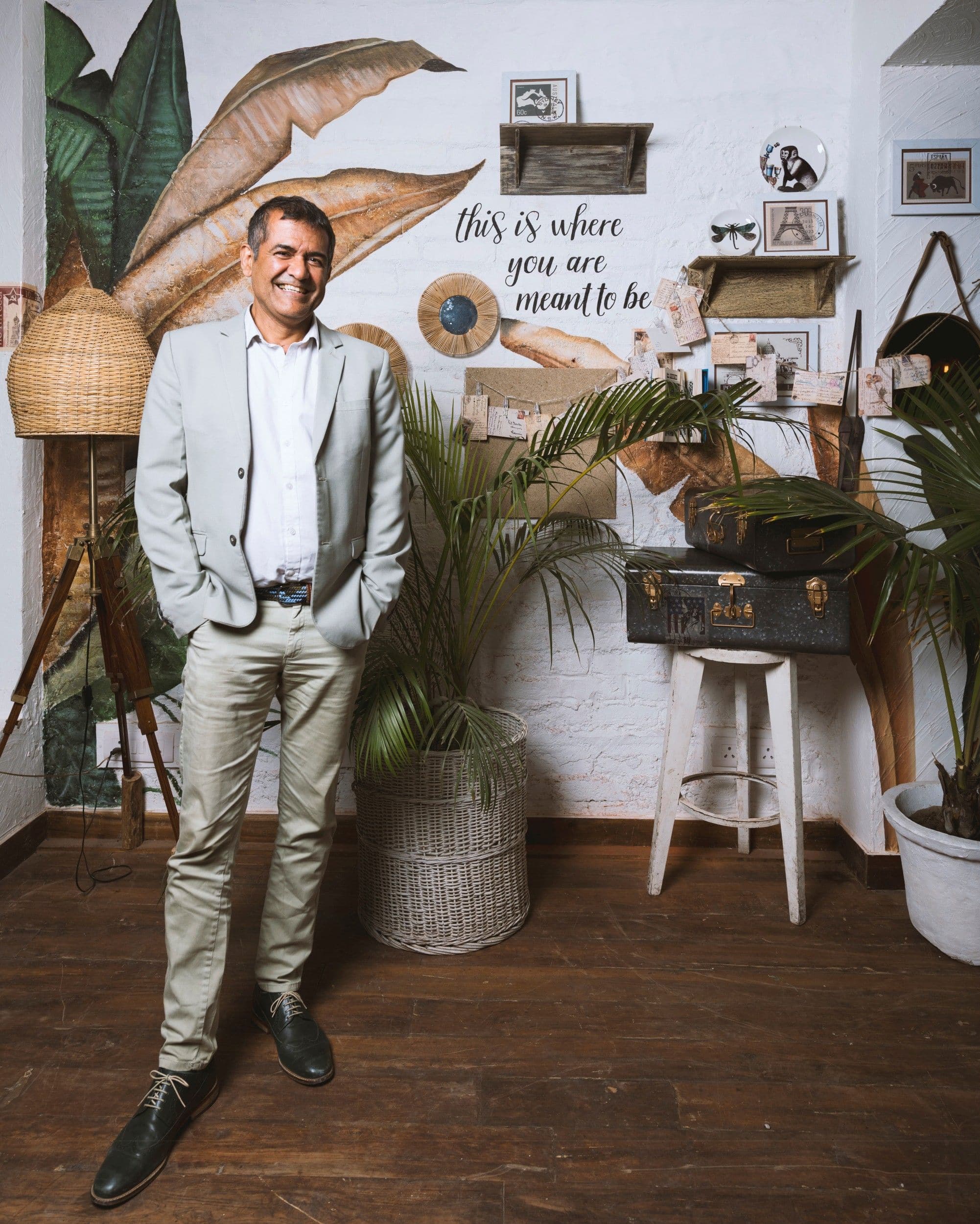 AD Singh at Serai.
AD Singh at Serai.
Our industry, directly and indirectly, supports about 20 million jobs. We were looking to the government for support to help pay wages, like many governments around the world have done. Here is a suggestion on how we can tide over the crisis: most companies have been paying a percentage of the employees’ earnings to the Employee State Insurance Scheme (ESIC) for years, which can be used for free medical facilities. The corpus that ESIC currently enjoys is about Rs 94,000 crore. We have been requesting the government to help support employees and their families using that corpus.
Zorawar Kalra, Founder and MD, Massive Restaurants Pvt. Ltd (Masala Library, Farzi Café, Made in Punjab, Pa Pa Ya and a host of others): It’s a positive move to open up the economy. We have received guidelines from various authorities, some of which are tricky. The restaurant industry is very tough and even at 100 percent restaurant capacity utilisation, there is only a 10-15 percent margin. At 50 percent, unless fixed costs, like the rent, come down drastically, most restaurants will find it unviable to open up.
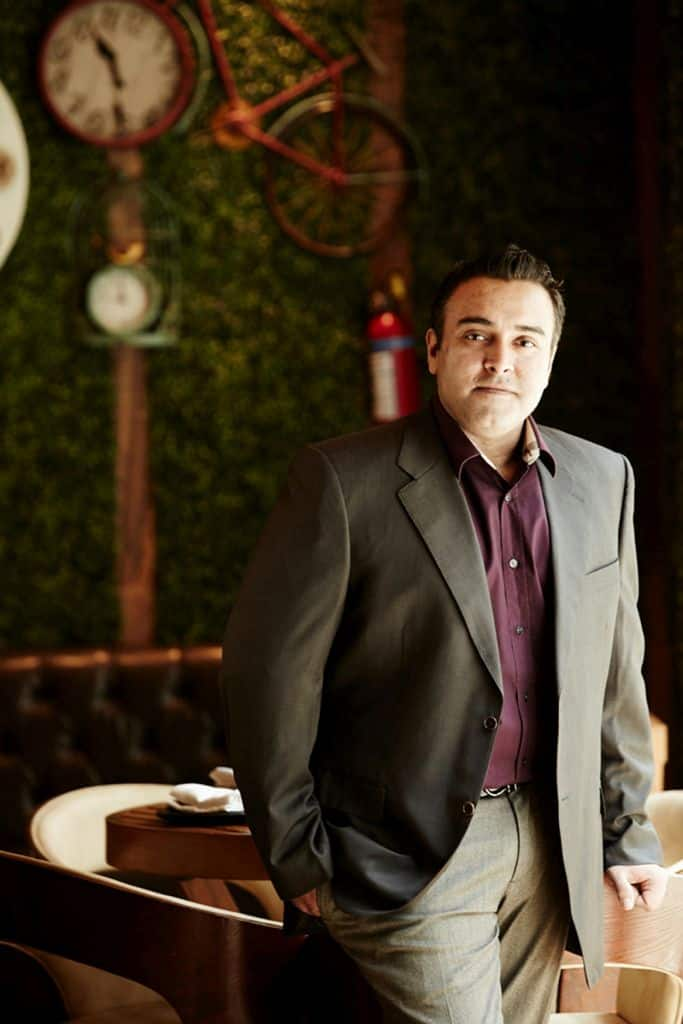 Zorawar Kalra.
Zorawar Kalra.
A curfew of 9 pm would mean that restaurants will have to shut at 7:30 or 8 pm. Since 80 percent of the business occurs at night, the dinner business currently forms just about 10 percent of the overall sales. We are hoping that in Phase 2, the authorities will extend the closing timing, extend the capacity utilisation and open the sale of liquor.
Rachel Goenka, CEO and Founder, The Chocolate Spoon Company (The Sassy Spoon, House of Mandarin, Sassy Teaspoon, and more): Restaurants seem to be soft targets. Oddly, there is a perception of more risk in a restaurant or bar as opposed to an office, a grocery store, a mall, any other public venue, or even the use of public transportation. Self-policing is the best way to tackle the spread.
 Rachel Goenka.
Rachel Goenka.
What sort of safety/hygiene protocols has been devised for restaurants?
Gauri: Health is a state subject and every state has come out with their protocols. At NRAI, we have compiled a comprehensive document about safe opening and functioning of restaurants, which we will present to various state departments. Our members will hopefully implement these protocols, which cover everything: tables to be set six feet apart unless the diners belong to the same family; teams to be kitted out in masks, shields and gloves; temperature monitoring; sanitisation procedures; the capacity to which the restaurants can be full at a time; and social distancing in the kitchen.
 The Table.
The Table.
AD: The focus has been on putting in place a new set of precautions, systems and policies such as safe social distancing wherever lines may form and constant disinfection of surfaces, boards and knives. Kitchens are also being reorganised to maximise safety.
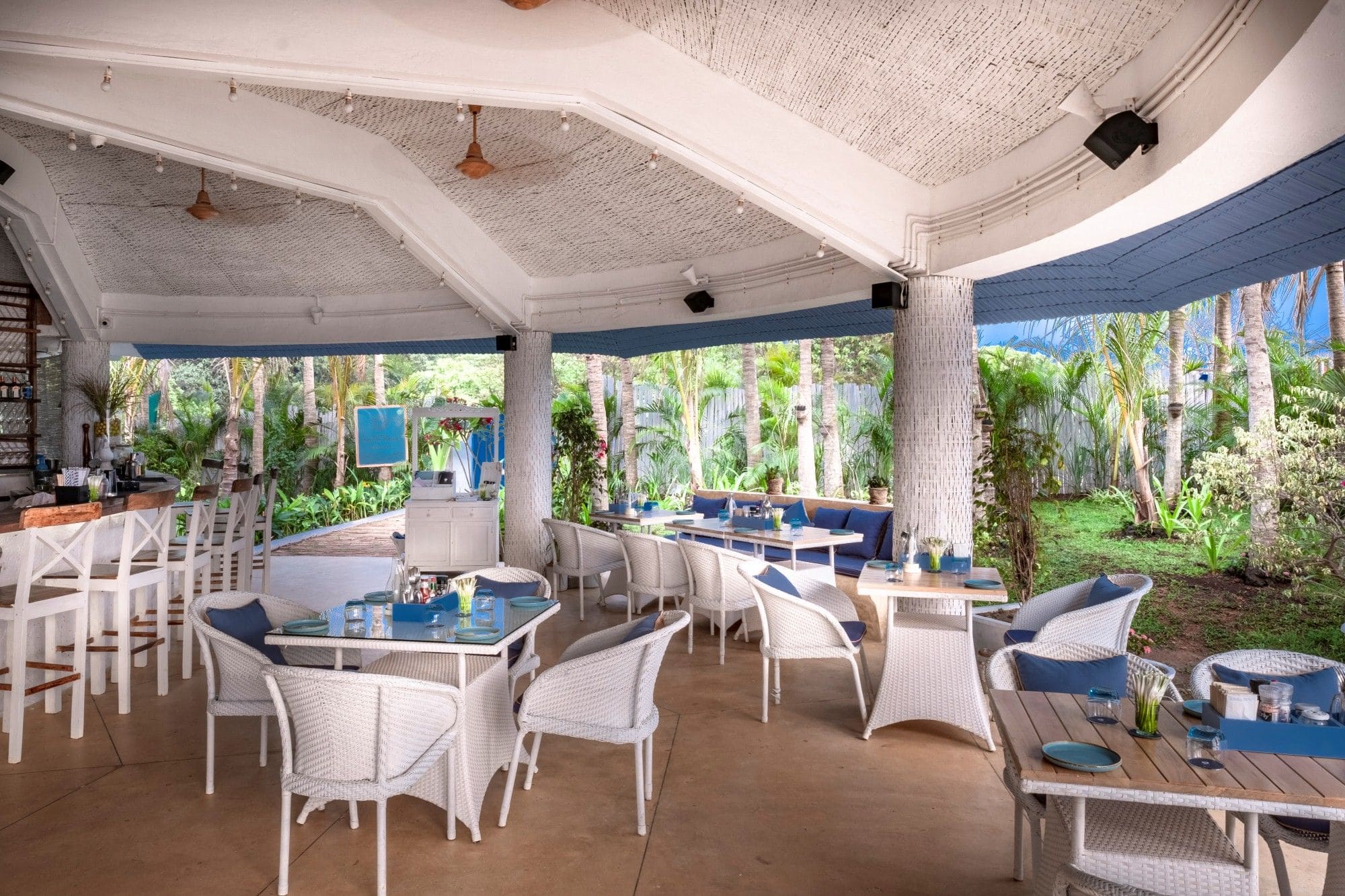 Olive Goa.
Olive Goa.
Zorawar: UV lamps will be used to check for any unclean spots. Foot-operated sanitisation stations will be installed in front of the house and within kitchens. Separate receiving zones in each restaurant will have sanitation spray machines to disinfect all contact surfaces. We will set up special floor-mounted acrylic sheets, when required, between tables to create a transparent physical barrier. Through our sophisticated reservation system, we shall ensure control of crowd flow.
Rachel: Initially, we did think masks and gloves would potentially put off customers. However, we’ve seen that they have become more of a comfort feature. We spray a hydrogen peroxide solution before the staff enters. High-contact areas in the kitchen such as knives, chopping boards, walls, tiles, panhandles, washbasins and gas knobs are sanitised constantly. Precautions are taken while receiving goods such as vegetables, poultry, seafood, etc. To enhance the visual appeal of the protective gear, we have made customised masks for all our staff. They aren’t allowed to take footwear off the premises.
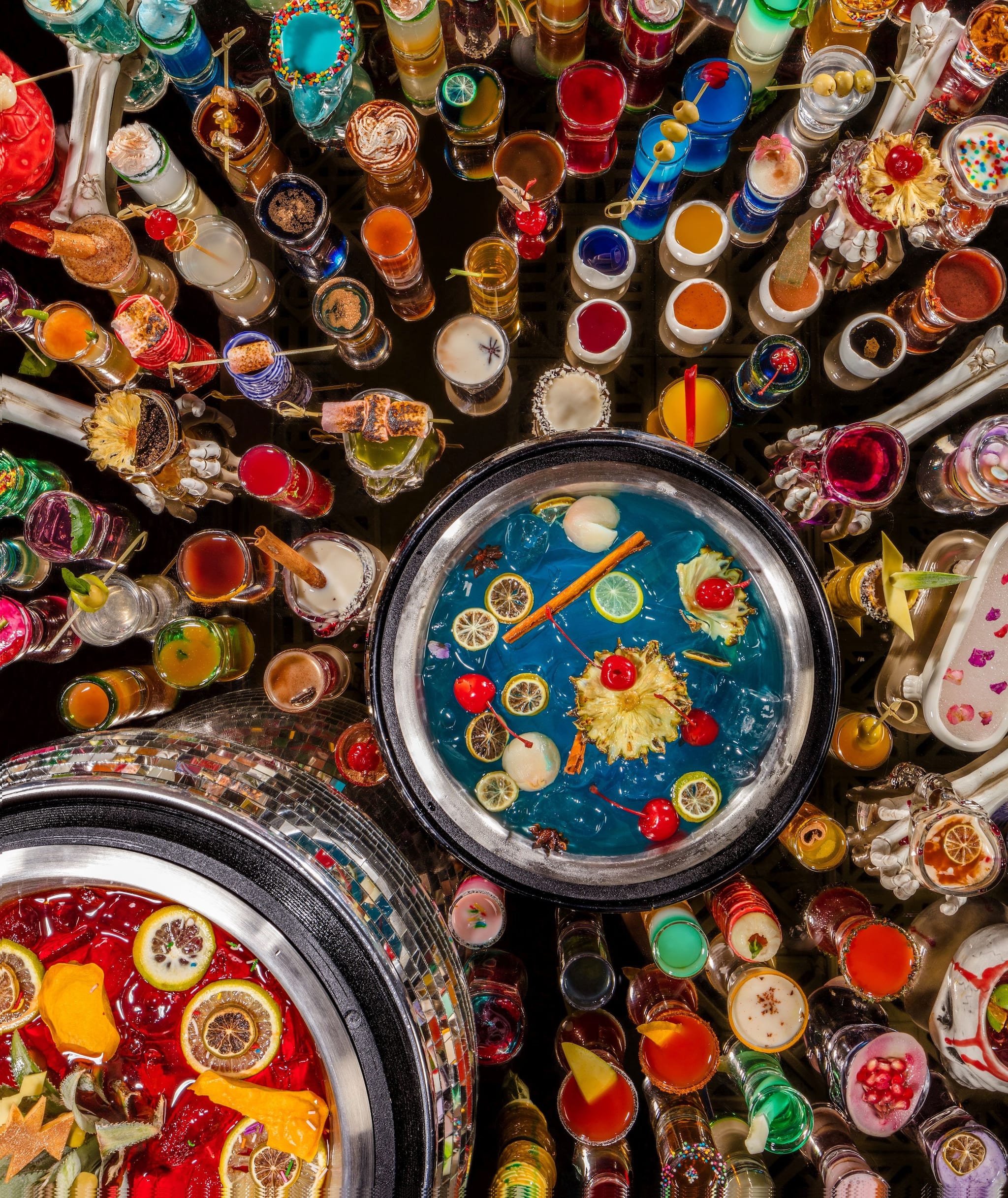 Drinks at Younion.
Drinks at Younion.
If we keep the much-reviled ‘contactless’ word aside, what sort of technology integration are you looking at achieving?
Gauri: The key aspects related to smart dining and not contactless dining. We are introducing digital menus that diners can browse through on their mobile, digital menus and minimising the use of cash transactions. Ultimately, the restaurant experience is about interaction and conversations.
Riyaaz: Technology will be an enabler to connect us back with our customers. We will promote direct ordering and build one-on-one relationships through different tech platforms. Now we can control the end-to-end experience of even home deliveries using tech platforms. There will be no involvement of third parties and no unnecessary app downloads.
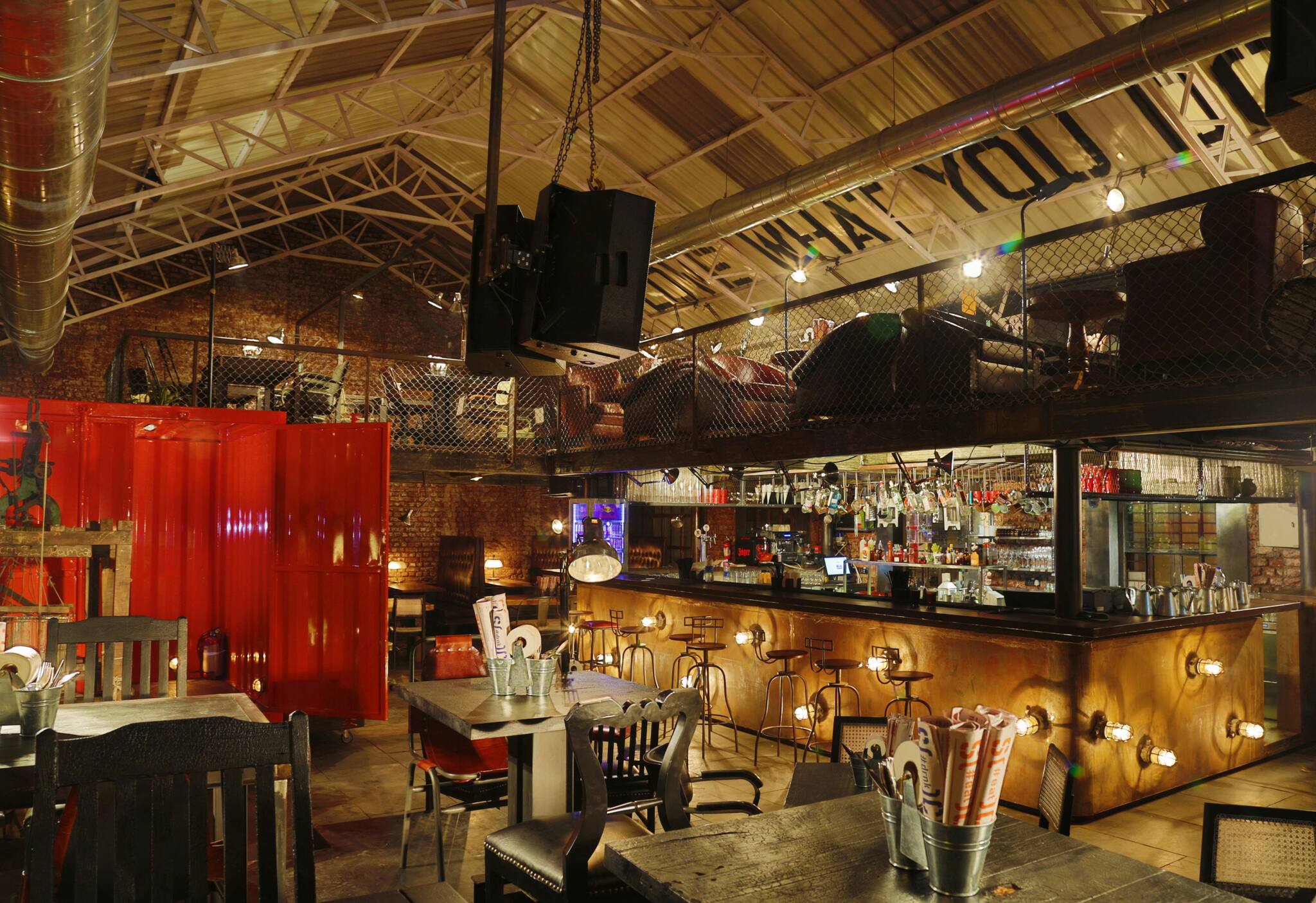 Todi Mill Social.
Todi Mill Social.
AD: We have tied up with our POS provider to help set up an integrated system for contactless dining, which will include digitising menus, order taking, billing and payments.
Zorawar: We like to focus on the word ‘stress-free dining or nostalgia dining’. People should be able to dine like how they did in December 2019, when the only Corona they knew was a beer. We will be following a contactless dining format with digitised menus. If guests require anything while dining, they can use their phone to access the menu page that has options such as water, cutlery or even ‘message a manager’. Bills will be settled digitally. Screens in the restaurant will show how the food is being made in the kitchen. Our bar, Younion, in Mumbai has been using special robots to serve drinks.
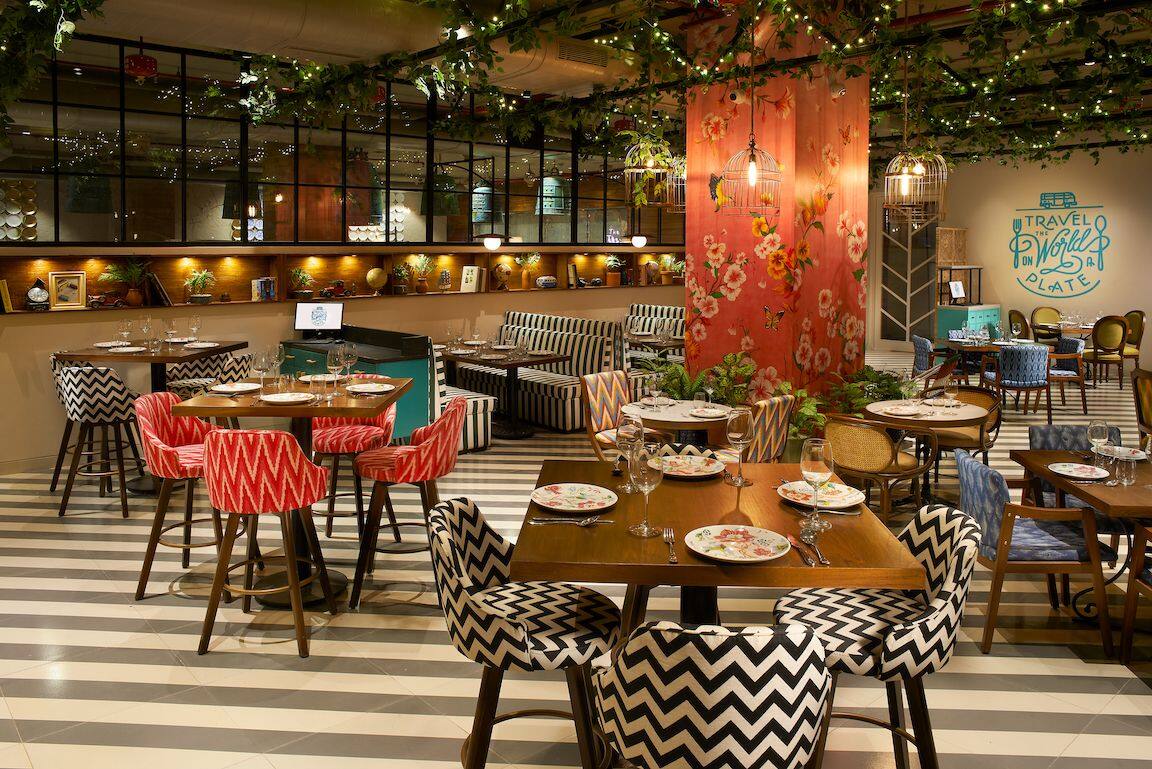 The Sassy Spoon Powai.
The Sassy Spoon Powai.
Rachel: NRAI has partnered with DotPe, a platform that allows customers to scan a QR code, gain access to the menu of a restaurant, and place their order directly. Digital payment solutions will also be offered. The focus is on low transaction costs and the ownership of customer data, which will benefit the restaurants. The customer experience is streamlined as this solution does not require them to download or open an app.
How will the manpower crunch, caused by reverse migration, affect you?
Gauri: We employ 170 people in our company and are utilising just one-third of the staff between the various brands. Of the people who have gone back to their villages, some may come back while others may choose to work closer home. We have not laid off anybody but it is mandated that the working team will live within the premises for now and not everyone is in a position to do so.
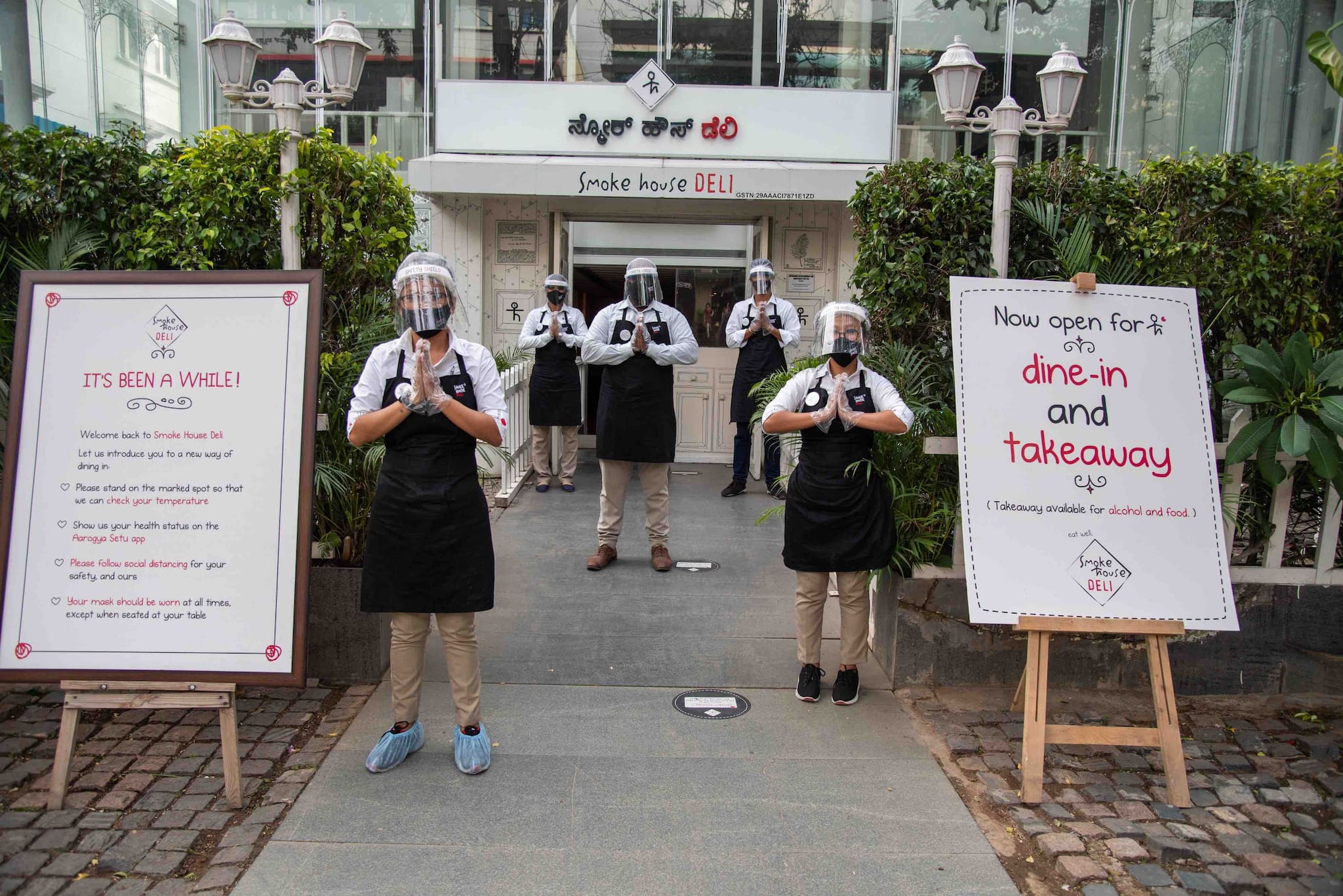
Restaurants are a human resource-intensive industry. Just because we may have reduced capacities, we cannot work with only 30 percent of the manpower once we open. In the long run, there will be changes to salary structures and it may move from higher fixed salaries to variable pay.
Riyaaz: Strangely, we have a lot of people on our payroll, but very few in our kitchens. The market has been impacted and good people are at a premium. Gradually, things will be back to normal.
AD: We closed early so almost all our teams were able to go home before the lockdown was implemented. Now we are talking with them to see who wants to come back and when. As demand for dining-in is expected to pick up slowly, we have assured them that their jobs are secure even if they want to return after a few months.
Zorawar: It will be a bit of a task for the HR departments of various companies to get some staff back. Finding new people and training them will be still an uphill task.
Rachel: Most of us are currently experiencing short-term labour shocks. Re-opening is likely to see restaurants operate at 50 percent capacity, which requires a lower headcount. Once we are back to full capacity, we hope that internal travel will be a lot easier.
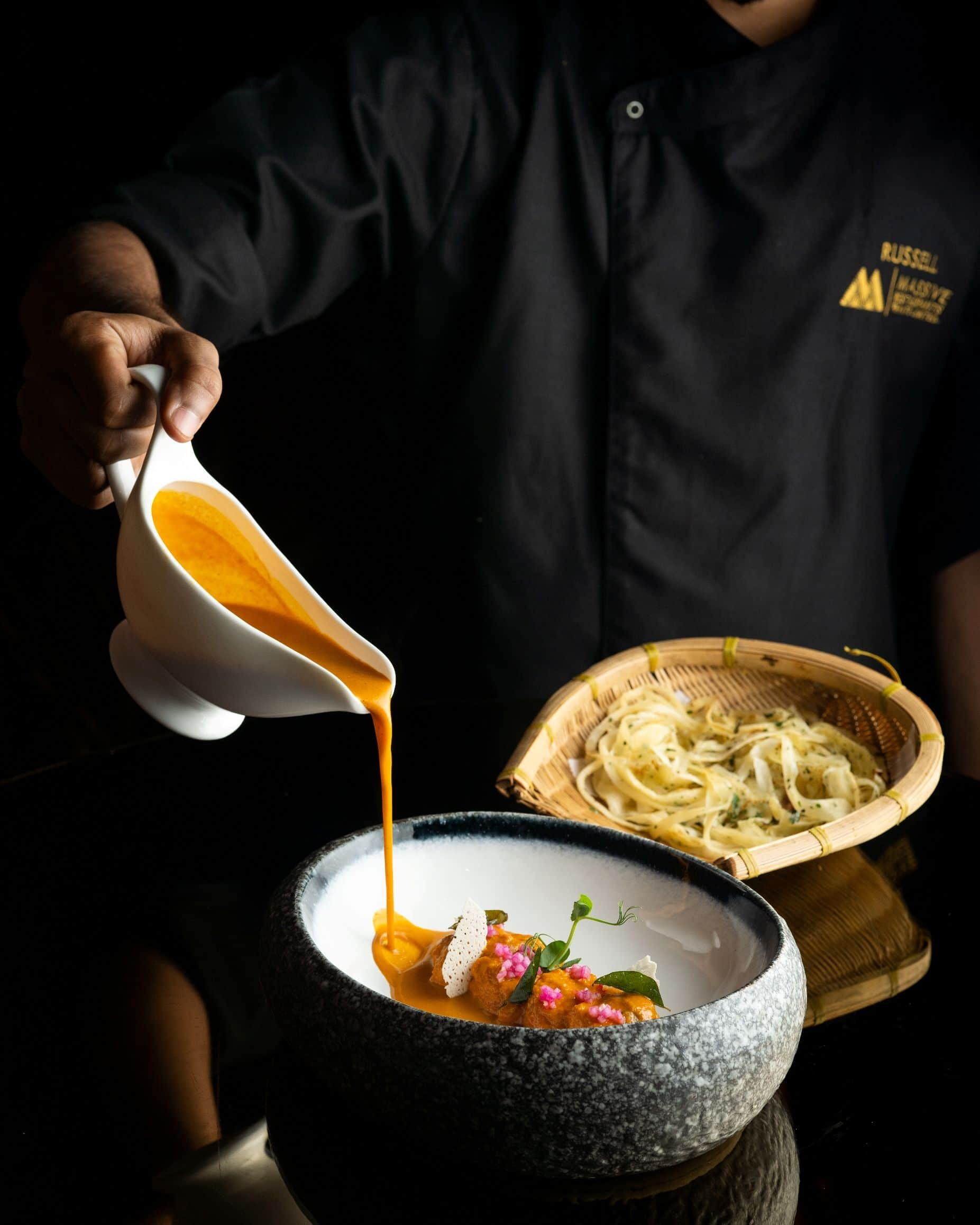
Most restaurants will face a cash flow issue. How are you likely to mitigate that?
Gauri: Thankfully, restaurants get paid immediately. We don’t have to wait for 30- or 50-day
period. But we will have to be careful. We have a bakery that ran largely on B2B business, with a smaller side retail business. We have decided to close down the B2B business. There is so much uncertainty about which restaurants will sail through, that we do not want the money to get stuck. So we will concentrate on the B2C business.
Riyaaz: To minimise costs, restaurateurs will have to wait for favourable conditions for putting in place their expansion plans. They will have to capitalise their losses. They will have to bring in more operational efficiency in labour costs, purchases and rentals. A new model will have to evolve to combat the new normal.
AD: Our operating costs will be higher. Unfortunately, the economy is in a terrible state so we don’t think raising prices is a good idea. My biggestlearning is to better prepare the company for something like this in the future. All of us are incurring losses daily despite our best efforts and without support from our investors, landlords, vendors and teams we will not be able to survive.
Zorawar: Restaurants are a cash-flow dependent industry. A single month’s revenue hit can wipe out the entire year’s profit. The balance sheet for companies across all industries will be very poor. Reopening capital will be required. Restarting restaurants will cost a lot of money as new equipment will have to be bought and people will have to be re-trained.
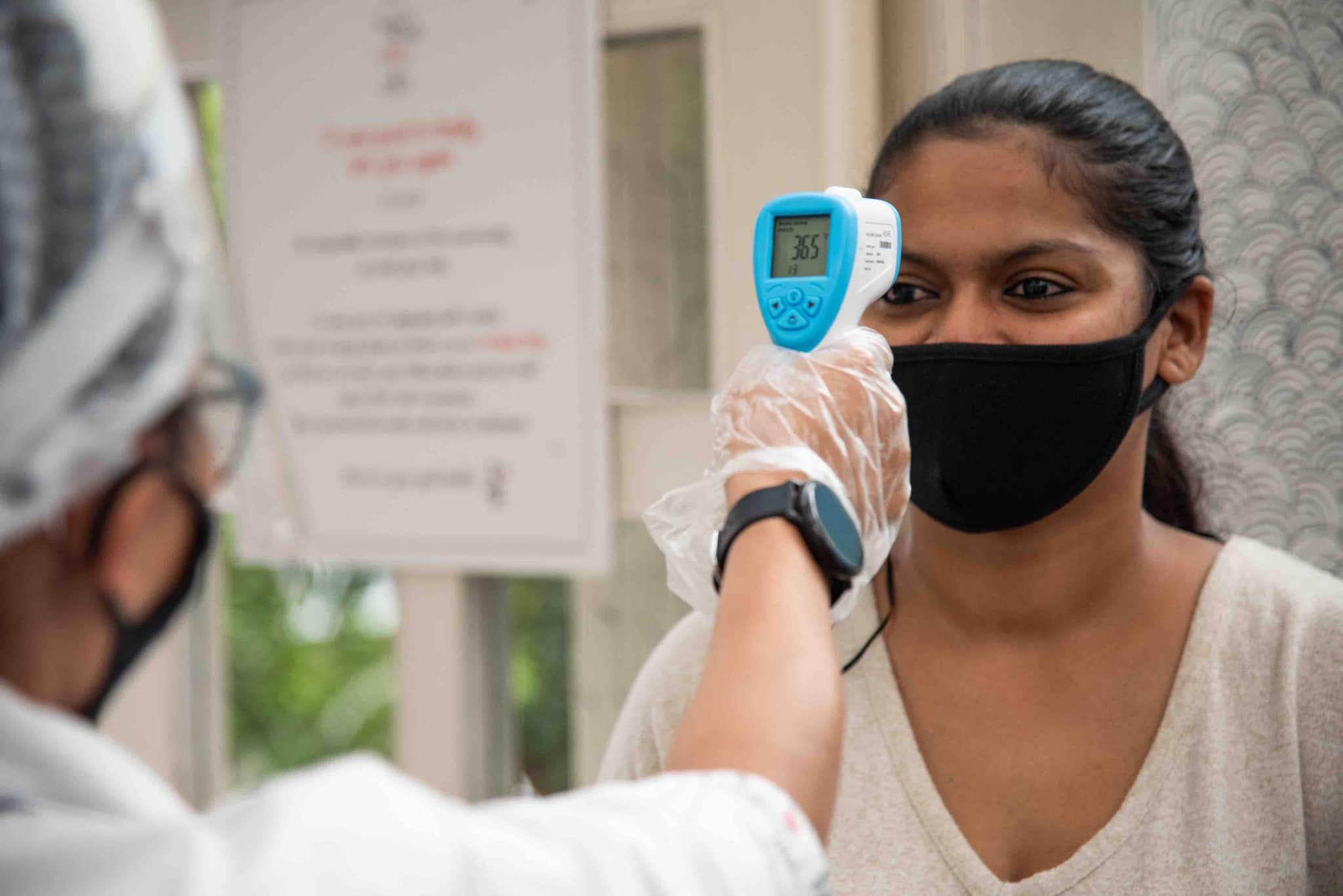
Rachel: A major issue has been the disruption of supply chains, leading to inflationary pressures in the short term. Given the lack of any form of relief measures from the government, an increasing number of restaurants are likely to exit the industry, which will put pressure on vendors and could lead to short-term price fluctuations.
How would the dining experience change?
Gauri: For a while, we are unlikely to allow any walk-ins. Diners will have to make reservations for now as that will allow us to tell them what to expect. It is like a moving target…the experience will change over time. We will have to work hard to offer them a memorable meal experience. As much as we would want to integrate technology to minimise contact, hospitality is all about the human element. If our team is not comfortable serving people, the experience for the guest will not be very pleasant.
Private catering is emerging as an interesting business option. Several people are hosting zoom parties collectively, where they order from one restaurant. We send out table settings and flowers, along with the food, to all the guests at a zoom party. As things open, we believe a lot of people will host intimate dinners at home and get restaurants to cater to.
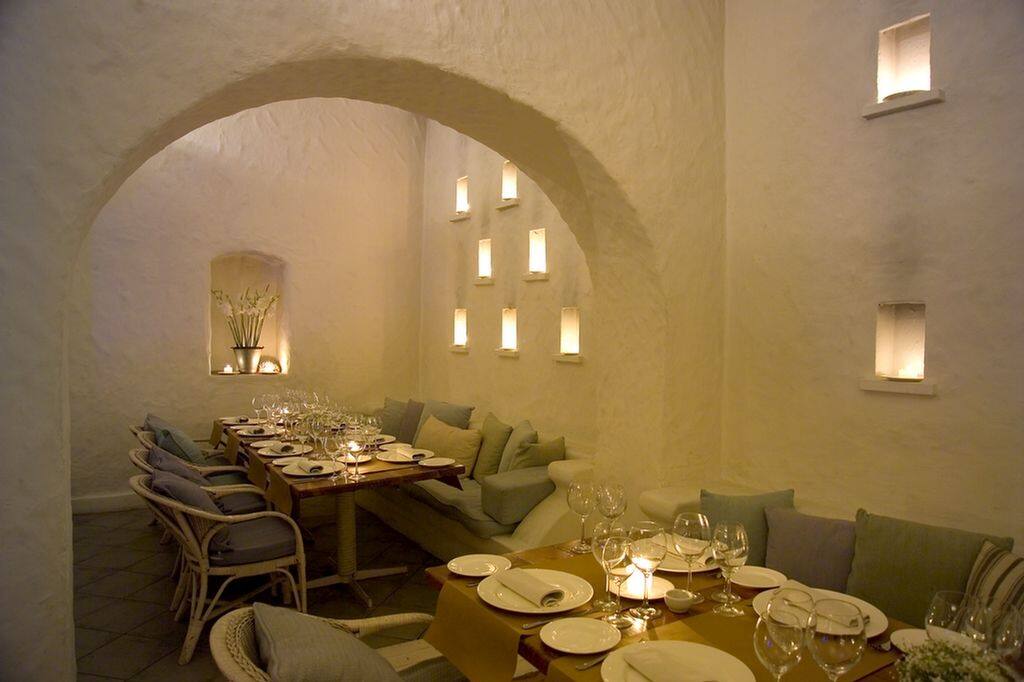 Olive Qutub.
Olive Qutub.
Riyaaz: We have to balance safety measures while ensuring that guests do not feel they are in a hospital! People will come out to dine at a restaurant to feel normal. Dining-out will no longer be on a whim. It is likely to go back to a time when people dined out to celebrate a special occasion. They will expect more from their restaurant experience and we will have to work harder. Menus will be simplified, given that social distancing will also be followed in the kitchens. The good thing is that there will be a sharpening up of our menu offerings.

AD: For some time,with all the new checks, the dining-in experience will be somewhat disturbed. The experience will blend a whole lot of new systems and processes, a whole lot of new habits, the initial weirdness of social distancing, with the oddness of not being able to hug or even shake hands when meeting your nearest and dearest.
Zorawar: There will be limited communication between servers and patrons. The intimate experience of dining out will change, at least in the short term. The menus will be shorter and more focussed, which is good as chefs will have better quality control. People won’t spend as much time in restaurants. We are hoping that the frequency of visits goes up.
We will have to assess the local supply chain, which has been severely impacted, and tweak the menus accordingly. The quality of the dine-out experience will be impacted by this new paradigm. Eating out at restaurants is safer than eating at home. I don’t think walk-ins will end. Restaurants are the final bastion of hope for offline social engagement between humans.
AD: Over the last month, we have launched home deliveries and takeaways at many of our restaurants and as a trial, reopened some of them. Our chefs and teams have been trying to assess new trends and see how people’s tastes may have evolved. At Guppy, when you order for delivery, you don’t just get the food but a whole lot of playful things, like specially designed fridge magnets, laptop stickers, puzzle cards to while your time away. At Olly, we are doing DIY love meals for two which come with the ingredients, including chefs’ special sauces.
Rachel: The only change I foresee is a preference for digital menus and online payment solutions. There is going to be an increased amount of planning before people step out to visit a restaurant, as opposed to a spontaneous decision before. Self-declaration forms are the need of the hour and could depend on government regulations for reopening.
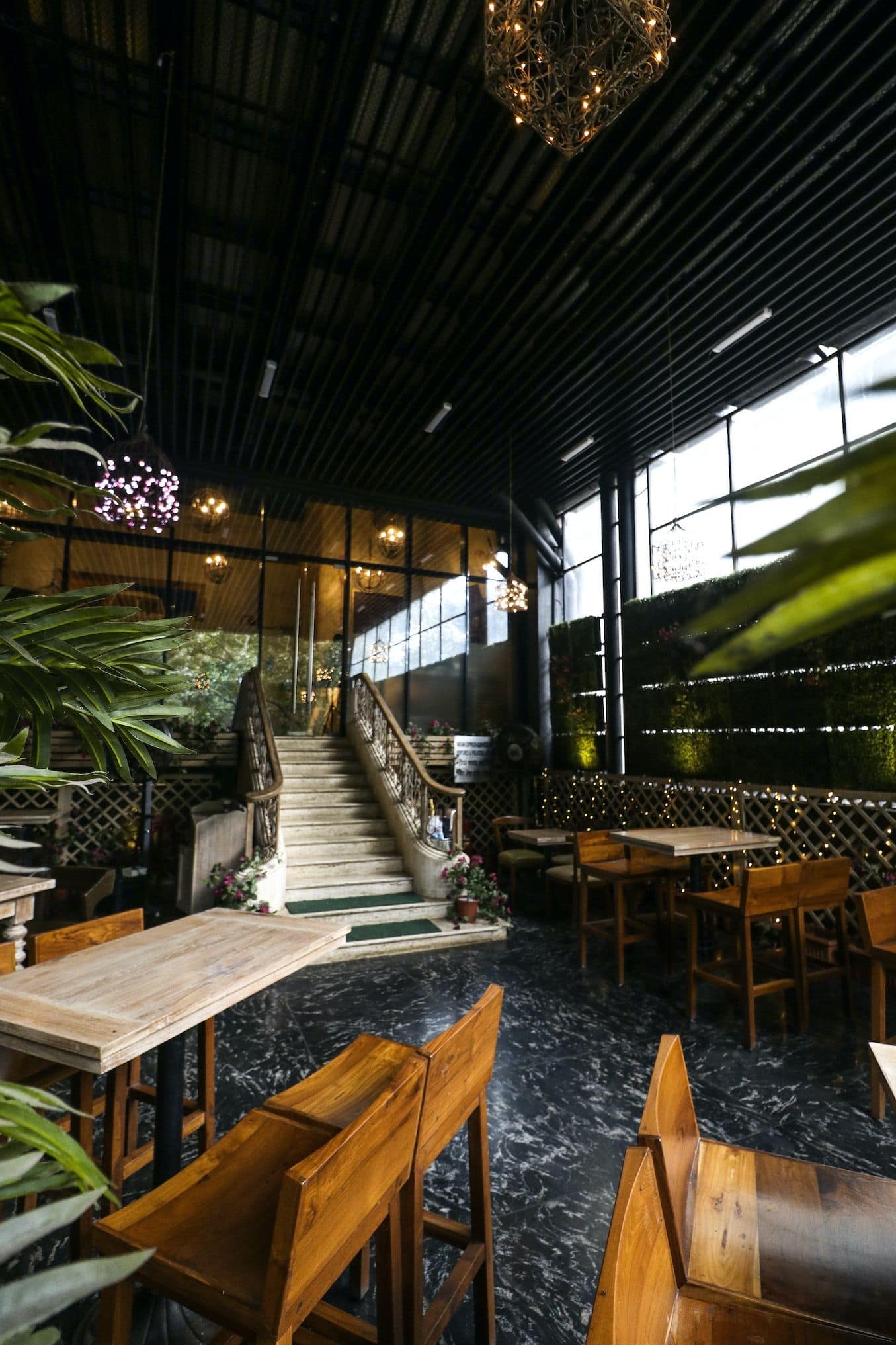 The Sassy Spoon Nariman Point.
The Sassy Spoon Nariman Point.
We would continue to offer a menu similar to the one before the lockdown, albeit in a more reduced format. There is a greater emphasis on local produce. Supply chains have been disrupted and it’s been a welcome change to be able to lower the food mile and reduce the carbon footprint. We are passionate about zero-waste kitchens and this may become an industry norm.
Is there a light at the end of the tunnel? When do you see some sort of revival?
Gauri: The key to survival, honestly, is whether a restaurant can sustain itself over the next 6, 9 or 12 months. While manpower cost is in your control, rent negotiations depend on the landlords. I was reading that the malls run by DLF have agreed to waive off rent and if true, there will be a trickle-down effect on other malls, all of which have restaurants.
Malls are themselves facing pressures from banks who have given them loans. In the case of some stand-alone properties, landlords are amenable to reduce or waive off rent, while in others, not so much. Maybe they are paying loans. The biggest struggle is the uncertainty about when things will be normal.
Riyaaz: If we look at what is happening in the west, the countries where the restaurant industry has bounced back are the ones where the government has offered Payment Protection Programme (PPP), like in the US. It is a loan designed to provide a direct incentive to small businesses to keep their workers on the payroll. Small Business Association (SBA) will forgive loans if all the employees are kept on the payroll for eight weeks and the money is used for payroll, rent, mortgage interest, or utilities.
Also, it would depend on whether the country will experience a second or third wave of virus infection, as Shanghai is facing right now. The fear psychosis is likely to continue for a while and industries such as travel, tourism, restaurants and cinemas will be hit for a year.
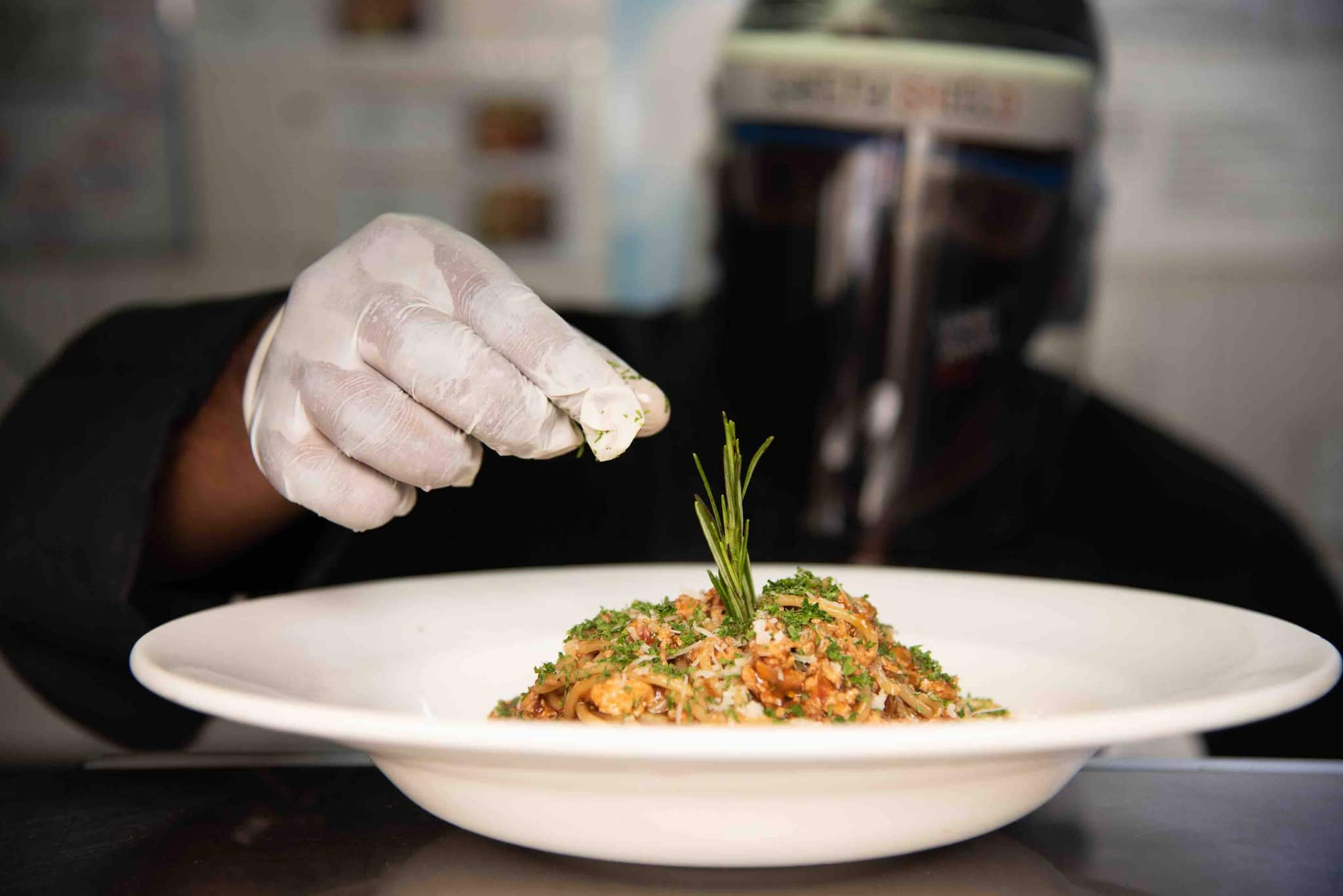
AD: Dining out is a very important part of our social lives, especially at times such as these. I’m hopeful, the entire industry is hopeful, that things will be back to normal by January. People would still want to go out and experience things and eat out.
Zorawar: People are being conservative about their decision to go out. However, Indians are a very hardy race. We like to dance to the beat of our drums; we like to buck trends. I expect that by December there will be a good revival. Safety is of primary concern for all of us.
Rachel: Conventional wisdom states that the light at the end of the tunnel will be seen only once a vaccine or cure is found, and people can venture out without any fear of contracting the virus. Restaurants are likely to be the last to recover.
Customer demand is not an issue facing restaurants. We are battling labour shortages, negotiating rental contracts, struggling with the supply chain, etc. Unfortunately, there has been zero support from the government towards an industry that employs nearly 8 million directly and contributes nearly Rs 5 lakh crore to the GDP. Revival will be a long and arduous road.







